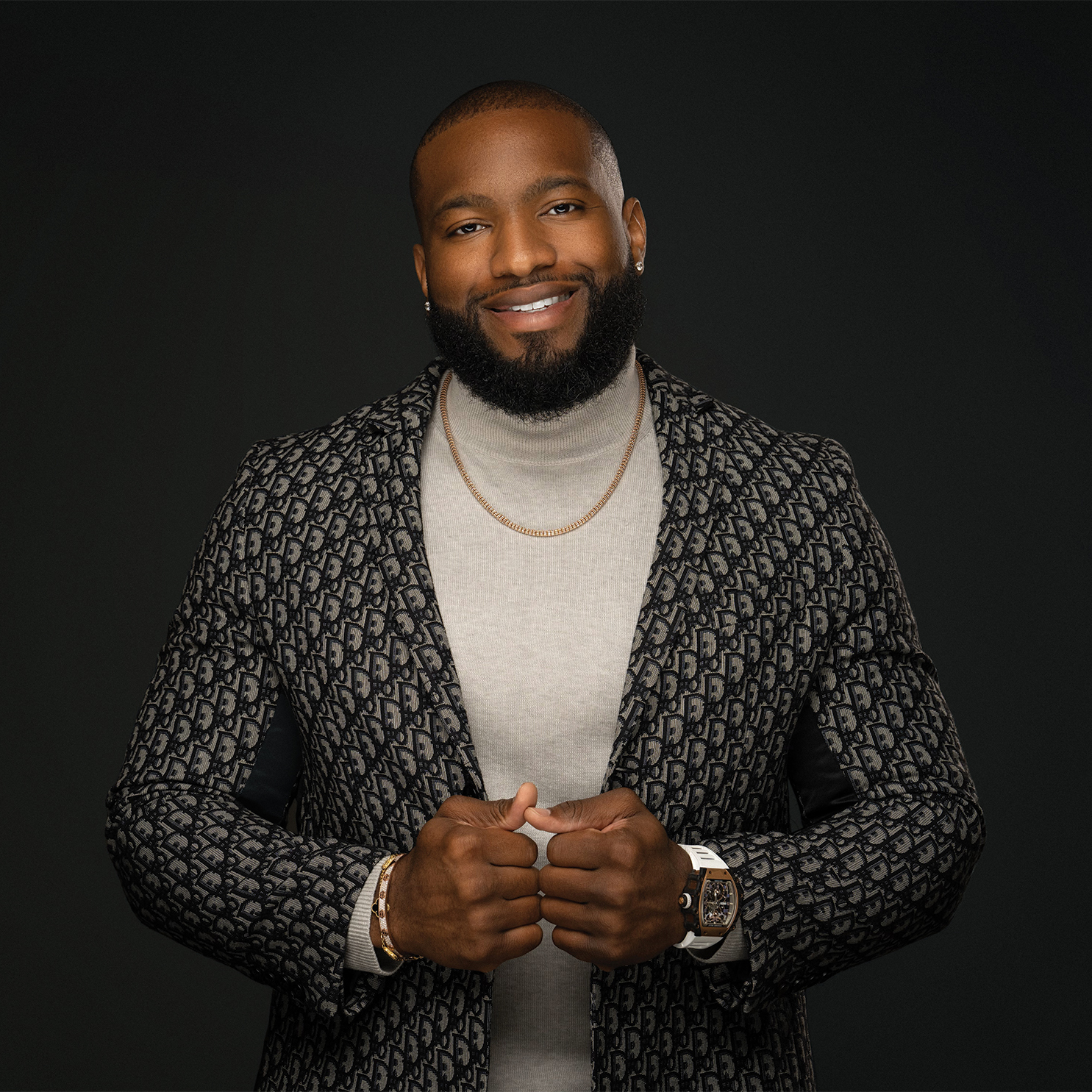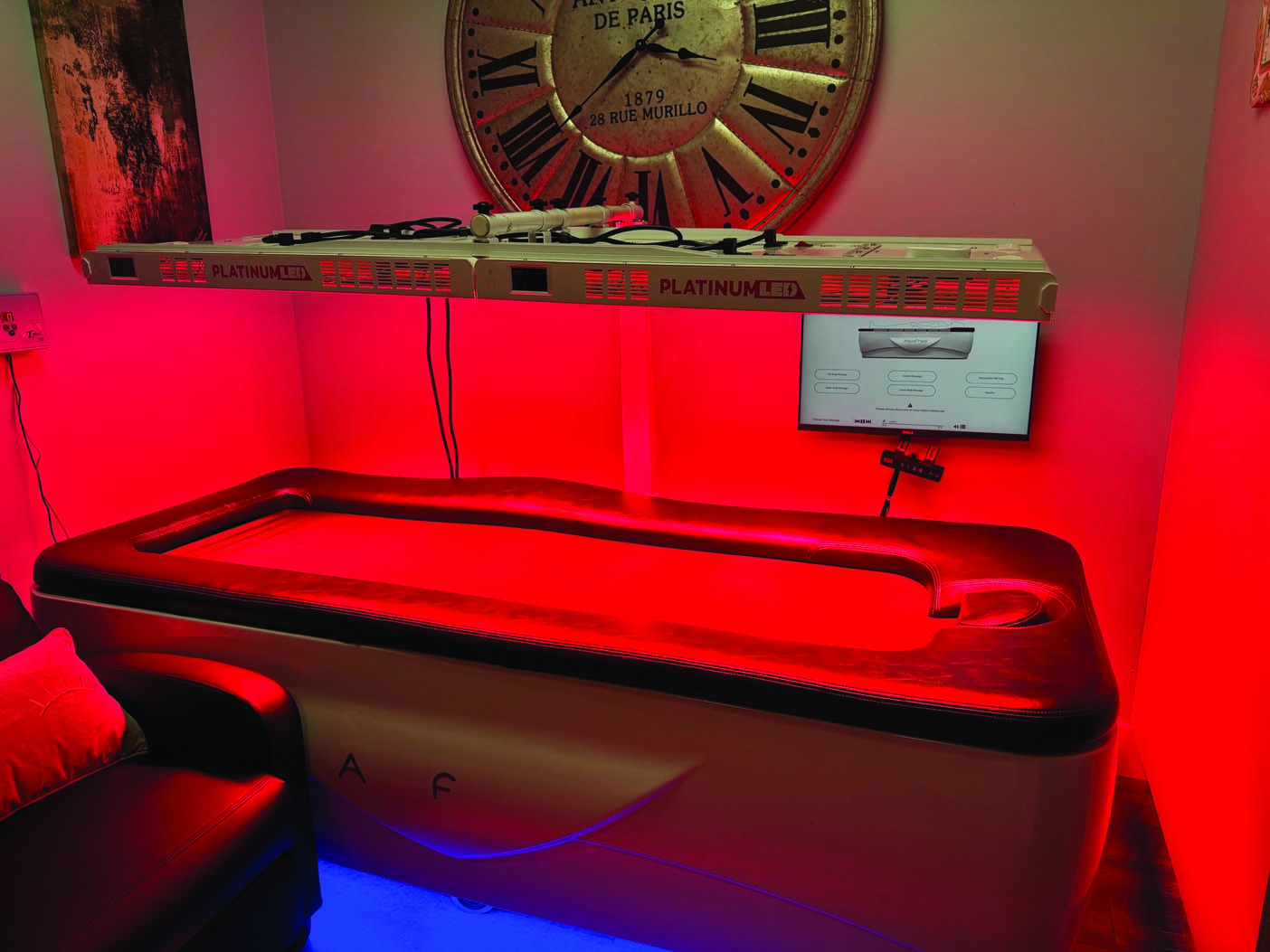We’ve all been there – in the middle of a product sale and our salon guest is iffy on the idea of making the purchase. We feel like if we “sell” a little harder, she will buy. Often, less experienced sales staff will give up and not go for that additional push in order to avoid the expected perception that they are too “pushy.” The problem is, salespeople have always had the notion that pushing is wrong. That’s because it has always been focused on the wrong thing: “What’s our pitch? Let’s go pitch our product!” I need to make this sale!” The energy has been almost exclusively focused on salespeople and their goals and it should be clear why customers react so poorly to this; it’s not about them. The sale should be about the consumer, not the salesperson.
[gap height=”15″]
Top salespeople bring new ideas and opportunities to their customer. They create a vision and engage the customer in owning that vision. They don’t just sell a product or service, they help guide the customer toward a product or service that will aid them in achieving their ultimate goal. Push is important – it’s the obligation of salespeople – but it must be correctly focused. It has to be about the customers and what suits their needs best. When done correctly, you will not come off as pushy at all.
[gap height=”15″]
Pushing doesn’t stop at the initial introduction, it continues through the buying process, helping the customer engage with the correct products, structuring the process, and guiding them toward a decision. Great salespeople help customers stay focused on the goals they are trying to achieve, rather than just pushing products and services for their own personal gain.
[gap height=”15″]
[gap height=”15″]
Push is important – it’s the obligation of salespeople – but it must be correctly focused.
[gap height=”15″]
[gap height=”15″]
Pull plays an important role in supporting push. Pull is a measure of customer ownership and engagement in the opportunity of the sale. If the salesperson has pushed properly during the sales process, the customer will start to pull. They embrace the idea; they get actively engaged in the opportunity and in owning the results. It’s a mutually beneficial exchange.
[gap height=”15″]
Most commonly, these push/pull types of conversations happen with what I like to call a pushback. This is when you, as a salesperson, offer a product or service, and your customer turns it down for any number of reasons – the most common pushbacks are listed below. My suggestion is to take these negatives and role-play with your staff to practice guiding these customer types toward an ultimate sale.
[gap height=”15″]
- “I don’t use lotion.
- “I tan okay without lotion.”
- “Lotion is expensive.”
- “I already have a bottle.”
- “I’m too sensitive/allergic to most products.”
[gap height=”15″]
Being a great salesperson isn’t about how pushy you are. It’s a combination of confidence, knowledge and customer engagement. My suggestion is to work with your staff on these three key elements of becoming a strong salesperson and you will see not only your numbers go up, but your guest satisfaction go up, as well.

























